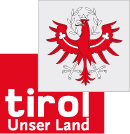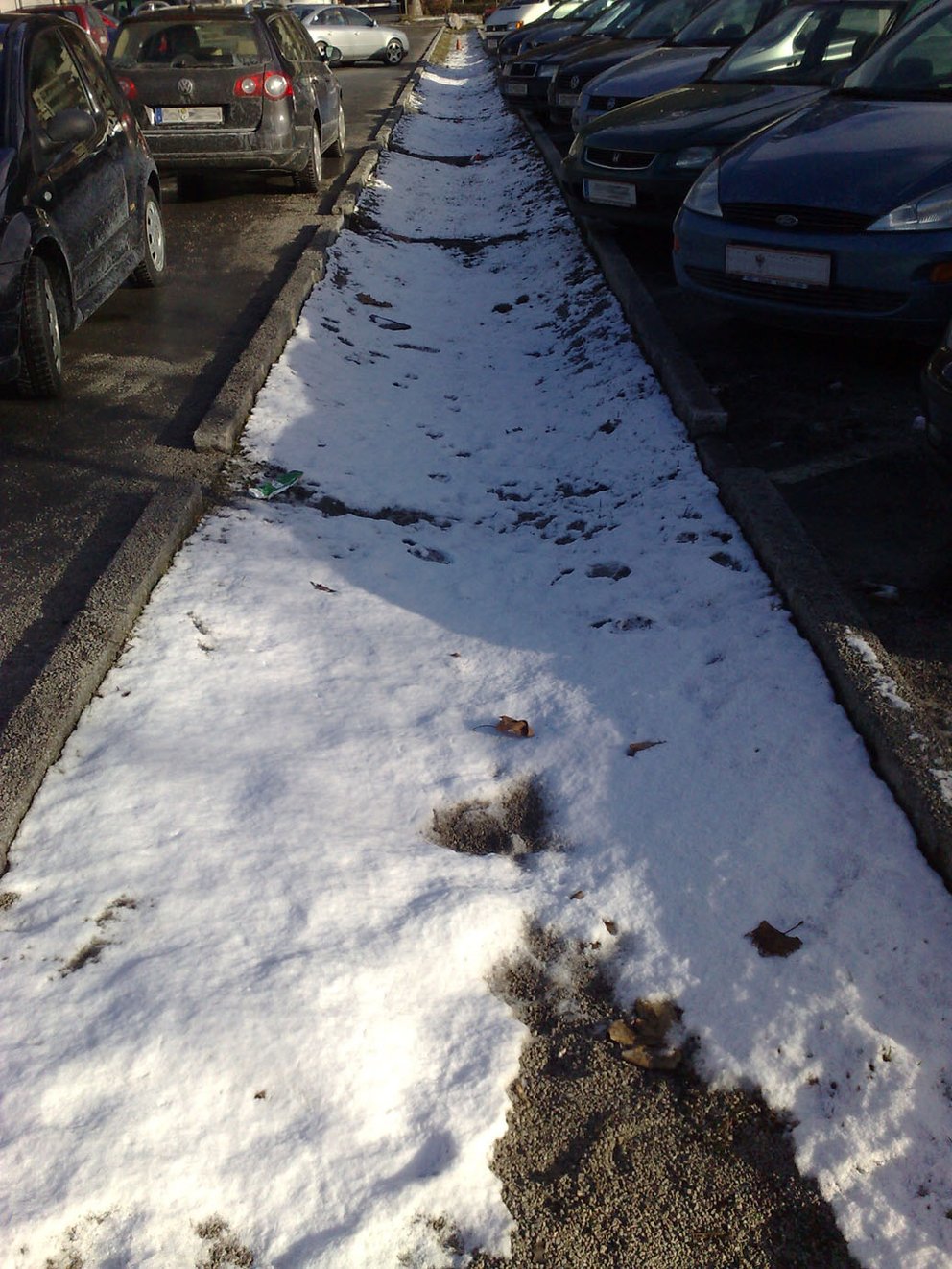Long-term behaviour of the hydraulic and material performance of swale infiltration systems in summer and winter operation
Funded by: Office of the Tyrolean Provincial Government

Supervisors: Dr Carolina Engelhard, Dr Stefan Fach
Project duration: 12/2008 - 12/2011

Brief description:
Due to the high degree of sealing in urban areas, the small-scale water cycle is adversely affected from the perspective of urban hydrology. Instead of part of the precipitation seeping away via (partially) permeable surfaces, the majority is channelled away as surface runoff. As a result, the rainwater is not available for groundwater recharge and there are runoff peaks in the sewer and at the sewage treatment plant. In addition, sealing also greatly reduces the evaporation rate. A significant reduction in precipitation runoff in urban areas can be achieved through local infiltration of roof or traffic area runoff. Rainwater from traffic areas, such as roads and car parks, should preferably be infiltrated via an active topsoil passage due to the pollutants it contains. The dimensioning of rainwater infiltration systems is regulated in ÖNORM B 2506-1 (2000), ATV-DVWK-A 138 (2002) and OEWAV regulation sheet 35 (2003).
During infiltration, the soil retains a large number of pollutants from the rainwater through physical, chemical and biological processes. Many organic substances can be degraded in the active topsoil passage, but persistent pollutants accumulate in the soil over the operating time of infiltration systems and thus pose a potential risk to soil and groundwater.
In a research project carried out by the Environmental Engineering Department in 2006, soil investigations were carried out on infiltration troughs for the drainage of car parks at various Tyrolean supermarkets. The aim of these investigations was to estimate for the first time the possible pollutant input over the service life of infiltration trenches. The results of the investigations showed that the pollutant concentrations are not expected to exceed the relevant limit values of the Landfill Ordinance for excavated soil landfills for the operating period of 20 years that is usually authorised in practice in Tyrol. The research project also made it clear that high background concentrations of heavy metals are present in some cases, which presumably originate from the soil material used for the construction of the infiltration plant. As these concentrations are unknown, it was not possible to identify correlations between the age of the system and the heavy metal contamination.
The aim of this research project was therefore to expand on the findings from 2006 with a follow-up research project. Repeated measurements can theoretically be used to determine the accumulation of pollutants in the period between the previous and the current measurement. Due to the inhomogeneous structure of soils, several measurements are also required in order to reduce the uncertainties in the measured values. The research project thus helps to validate the original values and to obtain information on the long-term retention of pollutants in the sense of monitoring.
Documents
Articles in scientific journals and conferences:
- Fach S., Engelhard C., Wittke N. und Rauch W. (2011). Performance of infiltration swales with regard to operation in winter times in an Alpine region. Water Science & Technology, 63 (11), 2658-2665.
- Fach S., Engelhard C., Wittke N. and Rauch W. (2010). Performance of infiltration swales with regard to operation in winter times in an Alpine region. NOVATECH'2004 - 7th International Conference on sustainable techniques and strategies in urban water management, GRAIE, Grund Lyon, Lyon, France, 28.06.2010 - 01.07.2010
Contact:
University of Innsbruck
Dr Carolina Kinzel
Technikerstrasse 13
6020 Innsbruck
carolina.kinzel@uibk.ac.at
